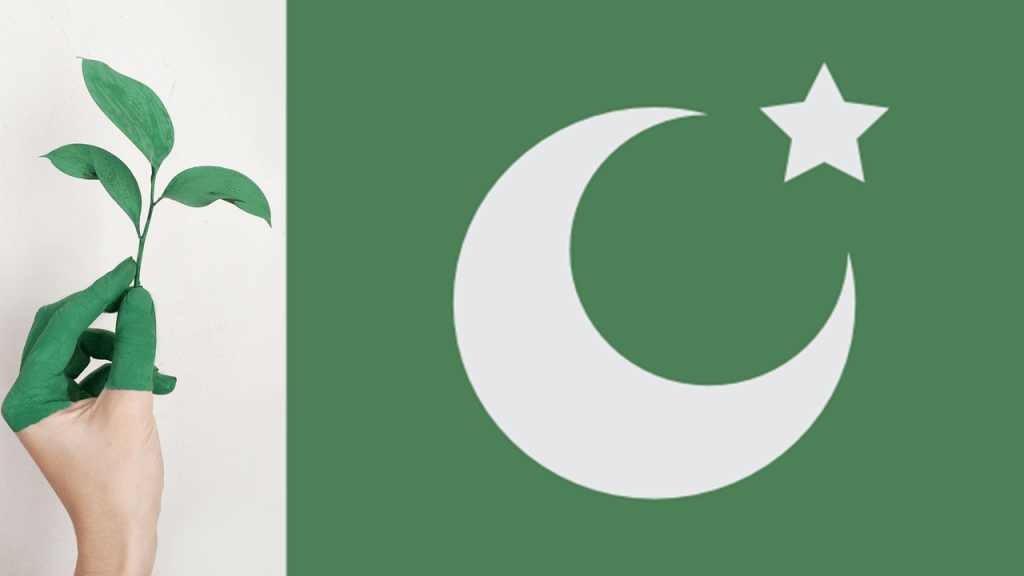“If you really think the environment is less important than the economy, try holding your breath while you count your money” Guy McPherson
Yes, it’s time! We are already losing the game and we are gaining nothing but problems, bigger problems and associated problems. Problems are there, with little but continuous and increasing impact. Governments are not willing to spend anything but very little. We haven’t achieved a single global treaty to protect our environment in this polarized world. We, fortunately, or unfortunately, are inhabitants of an only life-sustaining planet. Let’s take a look over our bargain with our home, our earth: We borrowed oxygen, we returned CFC & CO2, we borrowed eatables and we returned land pollutants, we borrowed forests and we returned concrete, we borrowed life and we returned a dark future. We are responsible on every level. We, humans just don’t want to bind ourselves in good green laws. We want fruits, we want money to buy them, we want a job to get money and we want a car to go to fruit market but despite all of this we just don’t want to plant a fruit tree.
With the very little level of practical awareness, Pakistan is far behind where it should be. We need to do something now. We have to organize ourselves. We have to practically save our land. It’s time to protect and plant trees. We need to set targets and to achieve them wisely and successfully. This article will help you to participate in this mission of green Pakistan. Let’s start with our homes. We’ll take a look over best options of plants for different regions, climates and soils. We’re going to discuss here a few easy to grow native and commonly available plants with their main characteristics. It will be a series of articles. In this article, we’ll discuss some native trees and plants that grow well in arid and semi-arid environments of Punjab, Sind and Baluchistan. In the next articles, details of fruit trees will be included followed by ornamental plants.
Peeple, Bargad & Poplar: One of the largest trees by their height and spread, peeple & Bargad grow widely throughout Pakistan. Now, these trees are famous for providing shade. They can be grown in parks and Forests. If you have a small home or narrow street, avoid these trees. These are not a kind of urban home trees. Yes if you live in villages, these trees are best options for you. They are elastic and have an extensive root system so they have fewer chances to fall in heavy storms. Once established they need little water and love heat. They attract birds. Their wood is not widely used for furniture. Poplar is a tall, fast-growing tree of temperate regions. It occupies less space. This beautiful tree provides timber and pulp. They are best grown in upper and central Punjab.
Gul Mohr & Amaltas: Also called as Pride of Barbados, Gul Mohr has 2 varieties, one with red and orange flowers, very bushy in nature, called as Red Bird of paradise (Caesalpinia pulcherrima). Other which is less bushy and has yellow flowers are called as Yellow Bird of Paradise (Caesalpinia gilliesii). It is the best plant if you live in cities like Karachi. They grow beautiful bunches of flowers to attract bees, butterflies, Sunbirds and sometimes Hummingbirds. They need medium water until they’re established. They are best for lawns, roadside or in front of your house. They love heat and can grow 8 to 10 feet high. You can also grow them in big pots. Amaltas, also called as Golden Shower Tree is best for its beautiful yellow flowers especially in summers. This woody tree can be used in homes, parks and roadside. It’s a medium-sized tree with an enjoyable amount of bright yellow clusters of flowers. Amaltas also grows well in humid to dry environment with medium water requirements and more heat.
Palms: These are very Showy; occupy less space, with a large number of varieties, they are heat loving plants. They can be used in pots, as the focal point in the garden or in the centre of the lawn. Few varieties bear fruits like Date Palm and Coconut. Species like Phoenix Palm, Bottle Palm, Chinese Fan Palm and Lady Finger Palm are not very expensive. They grow fast and don’t require much water. These are best plants for small space gardens and roof gardening. Few varieties are very expensive but equally beautiful like Silver Palm and Sago Palm. They are slow growing. Cane Palm is a very good indoor, low light house plant for clean air.
Neem, Sheesham, Shareen & Keekar: These are Big trees with the very good quality of timber wood except Shareen. They are good for shade. They are typical village plants. They need less water and they love heat. Sheesham and Neem are goat resistant. They can be grown alongside roads or in parks. Few varieties of Keekar have thorns. They are best to fight global warming and reducing temperature.
Eucalyptus and Conocarpus: These trees, nowadays, are fighting with many controversial theories. Yes, they’ve drawbacks but if they are planted according to certain rules, they are best surviving trees, extreme heat and draught tolerating and fast growing. They have a big root system dangerous for footpaths and underground pipelines. Conocarpus is good for parks and open spaces. Conocarpus provides greenery, shade and wood. It can also be used as the noise barrier, lawn hedge or as an artistic bonsai piece while Eucalyptus has been used to suck and evaporate water from marshy wetlands.

